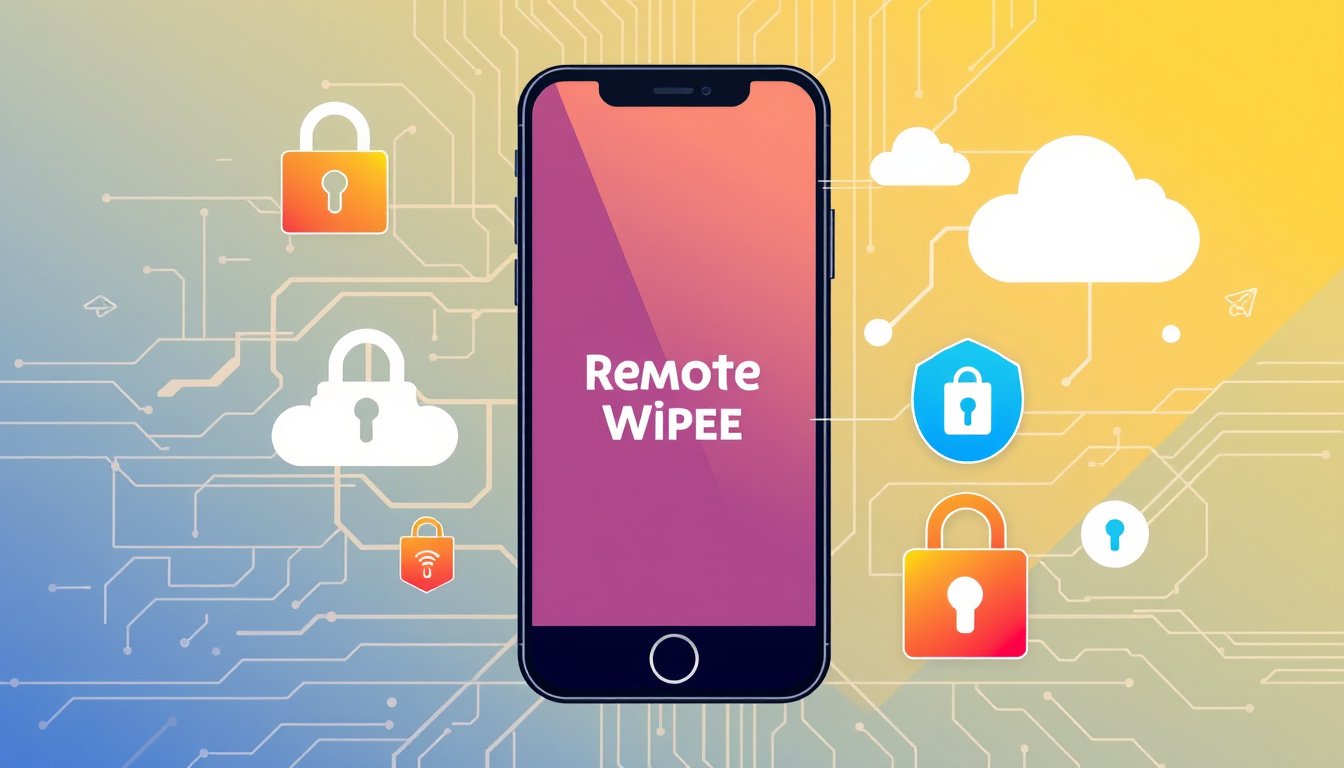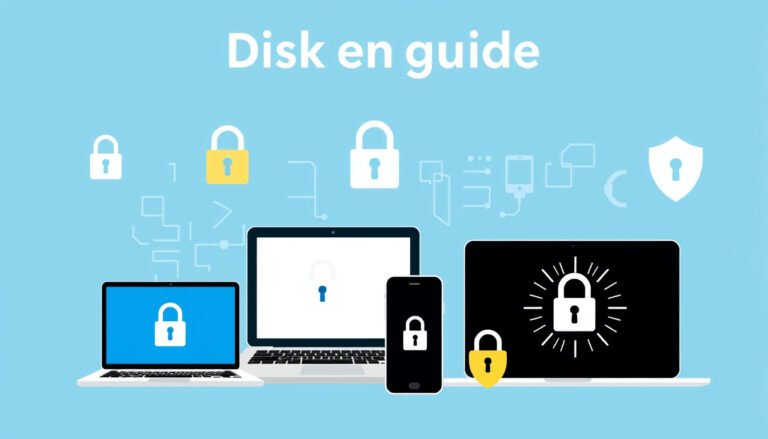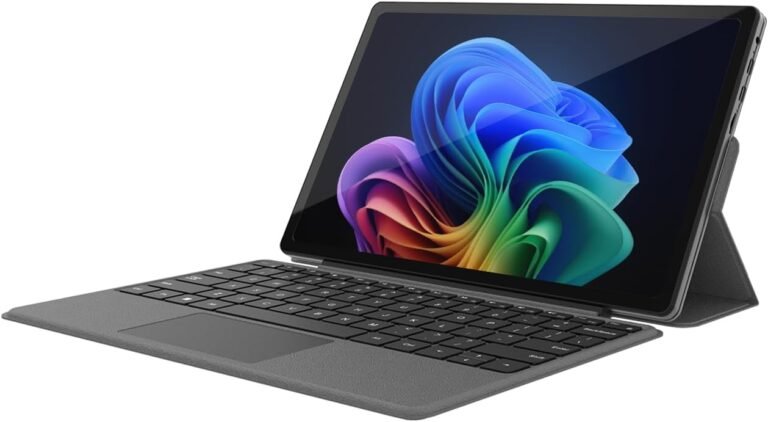
In today’s digital age, smartphones, tablets, and laptops carry vast amounts of sensitive personal and corporate information. Losing a device can put this data at risk of exposure or misuse. To combat this threat, the remote wipe feature offers a powerful defense by allowing you to erase data from your device remotely, ensuring your information remains secure—even if the device is lost or stolen. This guide will walk you through what remote wipe is, how it works, the types available, best practices for use, and its limitations.
What Is Remote Wipe?
Remote wipe is a security functionality that enables an administrator or device owner to erase data on a device remotely. This process is typically triggered through an internet or mobile network connection using mobile device management (MDM) software or built-in operating system tools. When executed, it can delete everything from corporate email and accounts to personal files and photos depending on the wipe type.
Remote wipe is a critical tool for preventing unauthorized access in scenarios where devices go missing, mitigating potential data breaches and helping organizations stay compliant with data protection laws such as GDPR or HIPAA.
How Does Remote Wipe Work?
The remote wipe process generally follows these steps:
- Preparation: The device owner must activate remote wipe capabilities beforehand by setting up relevant device or email account features (e.g., Apple’s "Find My" or Android’s "Find My Device").
- Triggering the Wipe: When a device is reported lost or stolen, the administrator or owner sends a remote wipe command via an MDM platform, email admin center, or device web interface.
- Command Transmission: This command travels over cellular or Wi-Fi networks to the device.
- Data Deletion: Once received, the device initiates wiping the designated data, which could be the entire device memory or selected data such as corporate emails.
- Completion: The wipe action completes almost immediately if the device is online; if offline, the command queues and executes once the device reconnects.
Note: The speed of a remote wipe depends on whether the device is connected to the internet, the amount of data to delete, and device type; mobile phones often wipe within minutes, while laptops can take longer.
Types of Remote Wipe
Understanding the different remote wipe types helps tailor data protection to your needs:
- Full Device Wipe: Restores the device to factory settings, deleting all personal and corporate data (photos, contacts, apps, files).
- Account-Only Wipe: Removes only corporate data linked to a specific email account or enterprise profile, leaving personal data intact; useful in Bring Your Own Device (BYOD) environments.
- App-Specific Wipe: Targets data from particular applications without affecting the entire device.
- Selective Enterprise Wipe: Offered by advanced MDM solutions, deleting corporate content while preserving personal files.
Each wipe type serves varying security policies, balancing between data protection and user privacy.
How to Enable and Use Remote Wipe
Setting Up Remote Wipe Beforehand
To effectively use remote wipe, pre-configuration is essential. Follow manufacturer-specific instructions to enable this feature:
- Apple Devices (iPhones/iPads): Set up Find My via iCloud settings.
- Android Devices: Enable Find My Device through Google Settings.
- Corporate Accounts: Configure remote wipe via your organization’s email admin portal or MDM tool.

Executing Remote Wipe
- Using Device Management Portals: Administrators can command wipes from platforms like Microsoft Exchange Admin Center or Intune.
- Through Email Web Portals: Users can remotely wipe via Outlook on the Web by accessing mobile device settings and initiating wipe commands.
- Device-Specific Apps: Apple’s iCloud or Google’s Find My Device portals enable users to erase their own devices remotely.
Important: Wipe commands take effect only when the device is powered on and has network connectivity. If offline, the command will queue until the next connection.
Best Practices for Using Remote Wipe
To maximize the effectiveness of remote wipe, keep these best practices in mind:
- Enable Remote Wipe in Advance: Always set up and test remote wipe functionality before devices are lost.
- Assign Proper Permissions: Ensure only authorized personnel can initiate wipes to avoid accidental data loss.
- Use Encryption and Strong Passwords: Complement remote wipe with robust device encryption and authentication to prevent unauthorized access.
- Educate Users: Inform device users about remote wipe capabilities and procedures.
- Maintain Regular Backups: Before wiping, backup critical data remotely to prevent permanent loss.
- Combine With Other Security Measures: Use alongside multi-factor authentication, app protection policies, and device tracking.
- Check Wipe Status: Use management portals or command confirmations to verify successful wipe completion.
Limitations and Considerations
While remote wipe is invaluable, understanding its limitations is crucial:
- Device Must Be Online: If the device is powered off or disconnected, the wipe command will not execute until connectivity is restored.
- Wipes Can Be Interrupted: A thief rebooting a device during wiping may prevent complete deletion.
- Data Recovery Risks: Some storage types may retain recoverable traces of data even after wiping.
- Delayed Reporting: Some systems may not immediately report wipe success.
- Awareness Dependent: Remote wipe depends on timely reporting of device loss or theft; awareness delay can lead to data exposure.
Conclusion
The remote wipe feature is a vital component of data security in an increasingly mobile and remote world. By enabling the ability to erase sensitive data remotely, it helps prevent breaches, safeguards corporate information, and supports organizational compliance. Setting up remote wipe features proactively, understanding their operation, and integrating them with broader security solutions will significantly enhance your data protection strategy.
Act now—secure your digital footprint and be prepared for any eventuality by effectively leveraging remote wipe capabilities.









